Exploring the Edge: The Sharpness of Butterfly Knives and Safety Tips
- February 2, 2024
- 0 comment
Butterfly knives, also known as balisongs, are folding pocket knives that have gained popularity for their unique flipping action and intricate designs. However, their sharpness and potential for accidents make it essential for users to understand the safety measures associated with handling these knives.
The Sharpness of Butterfly Knives
The sharpness of butterfly knives is a defining characteristic that contributes to their functionality and appeal. These knives are crafted with precision to deliver sharp blades that excel in precision cutting and efficient use. Typically constructed from high-quality materials such as stainless steel, the blades of butterfly knives are meticulously honed to achieve a fine edge.
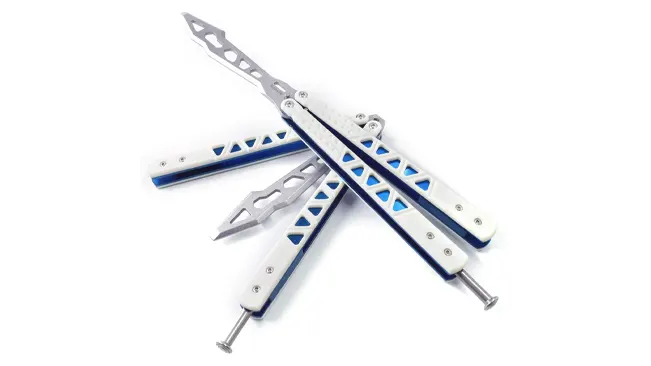
This sharpness enables users to perform intricate cutting tasks with ease and precision. However, individuals need to recognize that such sharpness demands proper handling and maintenance to ensure the safe and effective usage of these distinctive folding knives. Regular maintenance and responsible handling are essential to preserve the sharpness of the blade and prevent accidents or injuries during use.
Sharpness for Utility and Performance
Butterfly knives are renowned for their sharp blades, which serve various practical purposes and contribute to their overall performance:
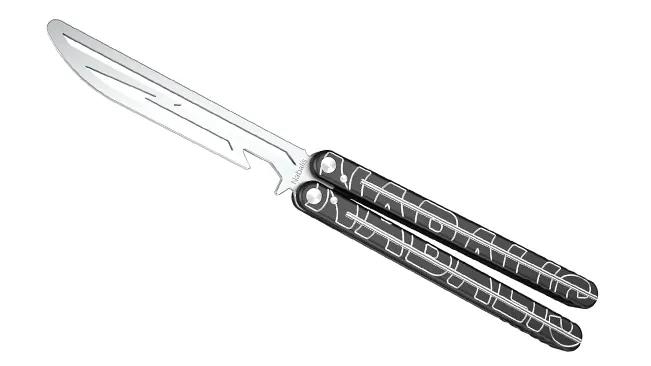
- Precision Cutting: The sharpness of butterfly knives enables users to make precise and accurate cuts, making them valuable tools for tasks such as crafting, woodworking, and outdoor activities.
- Efficient Use: The fine edge of the blade allows for efficient and controlled cutting motions, enhancing the usability of the knife for a wide range of applications.
- Versatility: The sharpness of butterfly knives makes them versatile tools for everyday use, from opening packages to preparing food, where a precise and sharp blade is essential.
Safety Tips for Handling Butterfly Knives
To ensure safe usage and minimize the risk of accidents, individuals must adhere to specific safety guidelines when handling butterfly knives.
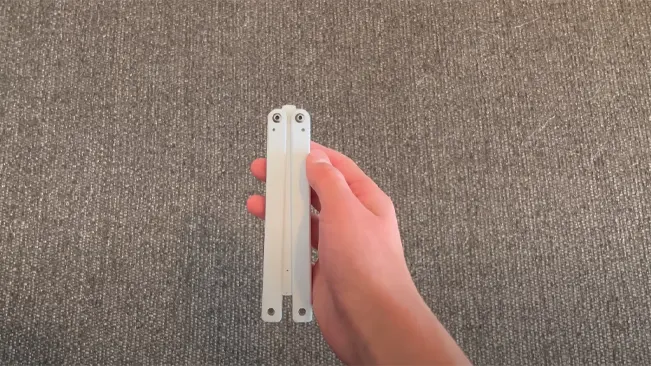
Proper Grip and Handling
- Firm Grip: Always maintain a firm and secure grip on the handle of the butterfly knife to prevent slippage during use.
- Correct Handling Techniques: Learn and practice proper flipping and handling techniques to minimize the risk of self-injury.
Blade Maintenance and Inspection
- Regular Maintenance: Keep the blade clean and sharp through regular maintenance and sharpening, ensuring optimal cutting performance.
- Inspect for Damage: Periodically inspect the blade and handle for any signs of damage, such as chips or cracks, and address any issues promptly.
Controlled Environment
- Clear Workspace: Ensure a clear and unobstructed workspace when using the butterfly knife to prevent accidental contact with surrounding objects or individuals.
- Avoid Distractions: Minimize distractions and maintain focus while handling the knife to prevent careless mistakes.
Safety Gear and Precautions
- Use Protective Gear: Consider using protective gloves when practicing advanced flipping techniques to reduce the risk of cuts.
- Respect the Blade: Always treat the knife with respect and awareness of its sharpness, avoiding unnecessary risks or reckless behavior.
Choosing the Right Butterfly Knife
Selecting the right butterfly knife is a decision that demands consideration of various factors, including blade materials, handle designs, locking mechanisms, and intended use. Whether for everyday carry, collection, or specific activities, understanding personal preferences and budget constraints is crucial in making an informed choice.
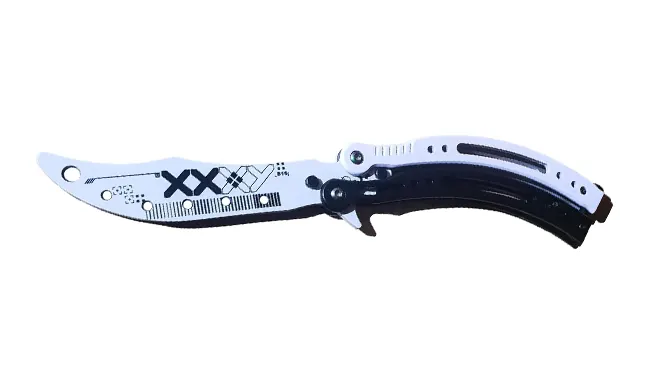
Evaluating the quality of the knife and considering reputable brands and user reviews further aids in selecting a butterfly knife that aligns with individual needs and reflects desired craftsmanship and functionality. By carefully weighing these considerations, individuals can confidently choose a butterfly knife that meets their specific requirements and resonates with their tastes, ensuring satisfaction with their purchase
Safety Concerns
The sharpness of butterfly knives presents inherent safety concerns that users must be mindful of to ensure responsible handling. The heightened risk of accidental cuts and injuries is a prominent consideration due to the sharpness of the blade, particularly during activities such as handling, flipping, or when executing intricate maneuvers with the knife. This necessitates a heightened level of caution and precision during usage to mitigate the potential for inadvertent harm.
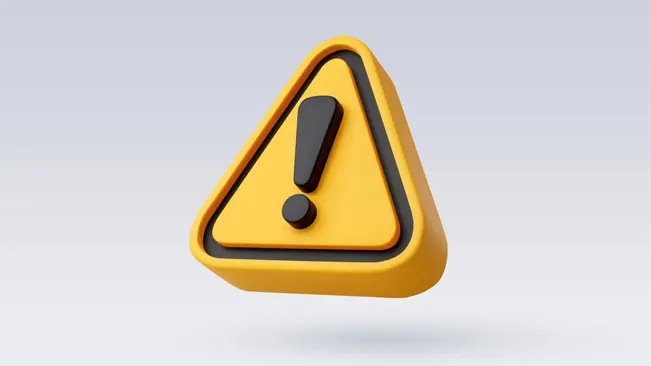
Improper handling or misuse of butterfly knives can escalate the risk of severe lacerations and injuries, underscoring the critical need for users to exercise vigilance and respect the blade’s sharpness. Careless or reckless manipulation of the knife can significantly heighten the potential for serious harm, emphasizing the importance of adhering to proper handling techniques and safety precautions. By recognizing and addressing these safety concerns, users can cultivate a conscientious approach to the handling of butterfly knives, minimizing the risk of accidents and injuries associated with their sharp blades.
Maintenance and Care
Maintenance and care are essential aspects of responsible ownership when it comes to preserving the sharpness and functionality of butterfly knives. Regular maintenance, such as sharpening the blade when needed, is crucial to ensure that the knife remains effective and ready for use. Proper storage is also imperative to prevent the blade from dulling or becoming damaged.
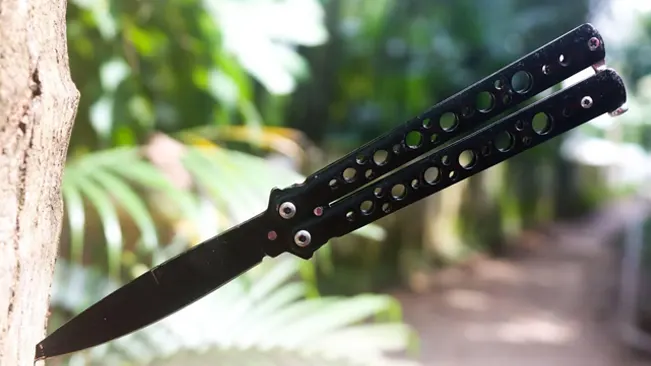
Storing the knife in a dry environment and utilizing blade protectors or sheaths can help shield it from potential harm and maintain its sharp edge for longer periods. Additionally, routine cleaning to remove dirt, grime, and any accumulated residue is vital in preventing corrosion and preserving the knife’s sharpness and overall performance.
Understanding the significance of maintenance and care will not only prolong the lifespan of butterfly knives but also contribute to their optimal functionality. By adhering to proper maintenance practices, owners can mitigate the risk of blade damage, ensure consistent sharpness, and uphold the overall quality of their knives. Integrating these practices into a regular maintenance routine will ultimately enhance the longevity and performance of butterfly knives, allowing users to derive maximum utility and benefit from their sharp blades.
Legal Regulations and Restrictions
Understanding the legal regulations and restrictions surrounding butterfly knives is crucial due to the varying laws in different countries and states. In the United Kingdom, for instance, the balisong has been categorized as an offensive weapon since 1989, making it illegal to carry one in public. Similarly, in the United States, butterfly knives are regulated differently in each state, with some states prohibiting them or imposing limitations on blade length and features.
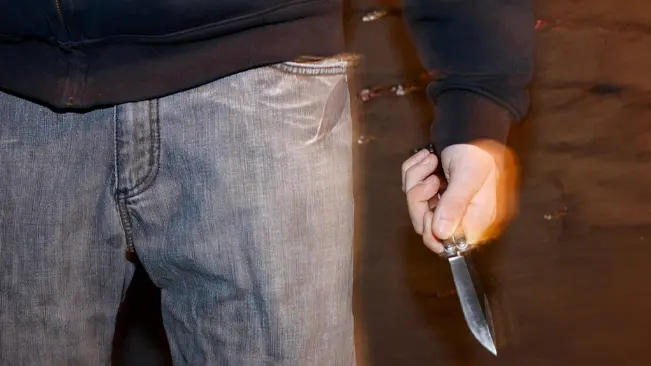
It’s important to research local laws and regulations before purchasing a butterfly knife, as failure to comply could lead to serious legal consequences, including fines, jail time, and confiscation of the knife. With the legal landscape varying widely, individuals must be well-informed about the specific regulations in their area to ensure responsible ownership and usage of butterfly knives.
Conclusion
The sharpness of butterfly knives adds to their utility and functionality, but it also necessitates a responsible approach to handling and safety. By adhering to proper safety tips and guidelines, individuals can enjoy the unique features of butterfly knives while minimizing the risk of accidents and injuries. Always remember that safety should be the top priority when exploring the edge of these distinctive and sharp tools.
FAQs
1. Is it legal to carry a butterfly knife in public?
The legality of carrying a butterfly knife varies by location. In the United Kingdom, for example, it is illegal to carry a balisong in public, while in the United States, regulations differ by state. It’s crucial to research and adhere to local laws and regulations regarding butterfly knife possession and carry.
2. What are the safety concerns associated with the sharpness of butterfly knives?
The sharpness of butterfly knives poses a heightened risk of accidental cuts and injuries, especially during handling, flipping, and intricate maneuvers. Users must exercise caution and precision to mitigate the potential for inadvertent harm.
3. How can I maintain the sharpness of a butterfly knife’s blade?
Regular maintenance and sharpening are essential to preserve the sharpness of a butterfly knife’s blade. Additionally, keeping the blade clean, inspecting for damage, and proper storage practices contribute to maintaining its sharp edge.
4. What are the practical uses of a sharp butterfly knife?
A sharp butterfly knife is well-suited for precision cutting tasks, making it valuable for activities such as crafting, woodworking, and outdoor tasks. Its fine edge allows for efficient and controlled cutting motions, enhancing its usability for various applications.
5. Should I use protective gear when handling a butterfly knife?
Using protective gear, such as gloves, is advisable when practicing advanced flipping techniques to reduce the risk of cuts. Additionally, always treat the knife with respect and awareness of its sharpness to avoid unnecessary risks or reckless behavior.
6. What factors should I consider when choosing a butterfly knife?
When choosing a butterfly knife, consider factors such as blade materials, handle designs, locking mechanisms, and intended use. Evaluating the quality of the knife and considering reputable brands and user reviews can aid in making an informed decision.
7. How can I ensure the safe handling of a butterfly knife?
Maintaining a firm grip on the handle, practicing proper flipping and handling techniques, regular blade maintenance, ensuring a clear workspace, and minimizing distractions are crucial for safe handling of a butterfly knife.
8. What should I do if a butterfly knife is damaged?
If a butterfly knife shows signs of damage, such as chips or cracks, it should be addressed promptly. Continuing to use a damaged knife can pose safety hazards and compromise its performance.
9. Are there specific legal restrictions on butterfly knives in certain countries?
Yes, legal regulations and restrictions surrounding butterfly knives vary by country and state. It’s important to research local laws and regulations before purchasing or carrying a butterfly knife to ensure compliance and responsible ownership.
10. Why is maintenance and care important for butterfly knives?
Maintenance and care are essential to preserve the sharpness and functionality of butterfly knives, prolonging their lifespan and ensuring optimal performance. Regular maintenance, proper storage, and routine cleaning help prevent blade damage and maintain consistent sharpness.

Arthur Grant
With a profound expertise in all kinds of knives and a specialized focus on knife sharpening, I've established myself as a leading figure in the knife community. My journey began with a keen interest in the multifaceted world of knives, spanning from culinary masterpieces to tactical tools. This passion led me to explore and master the art and science of knife sharpening, blending age-old techniques with cutting-edge methods to ensure optimal performance of every blade. My commitment to sharing this wealth of knowledge led to the creation of a dedicated blog, where I engage with a community of knife enthusiasts. Through this platform, I offer a wealth of resources including detailed reviews, insightful tutorials, and the latest in knife trends and innovations. My aim is to educate and inspire, providing valuable information on the proper care, maintenance, and usage of knives, catering to both professionals and hobbyists alike.

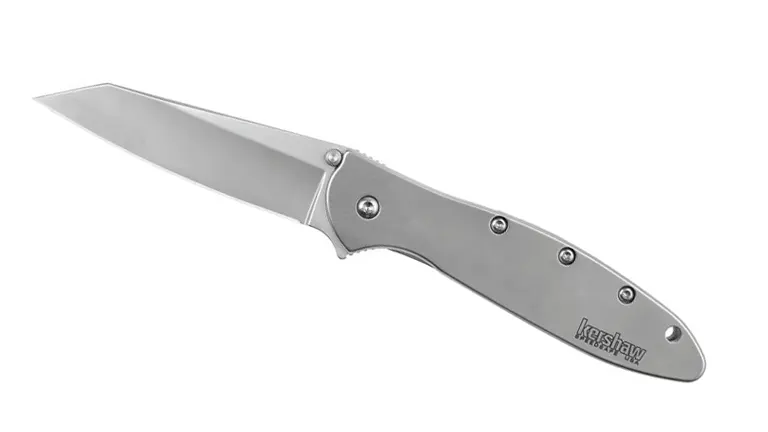

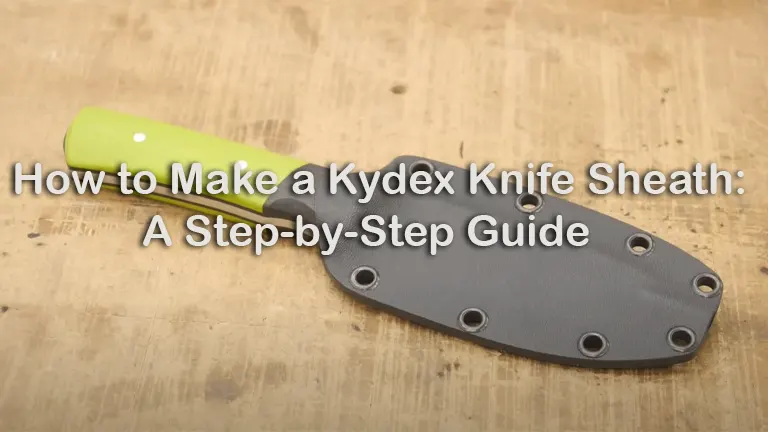
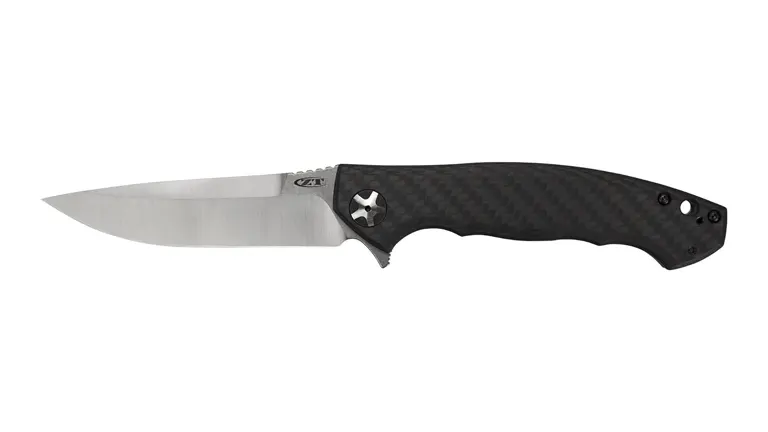



Leave your comment